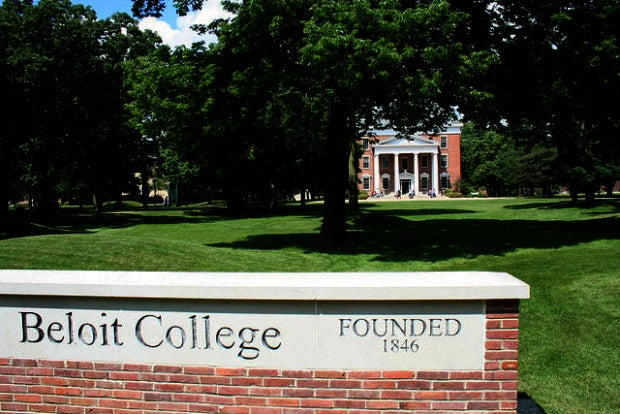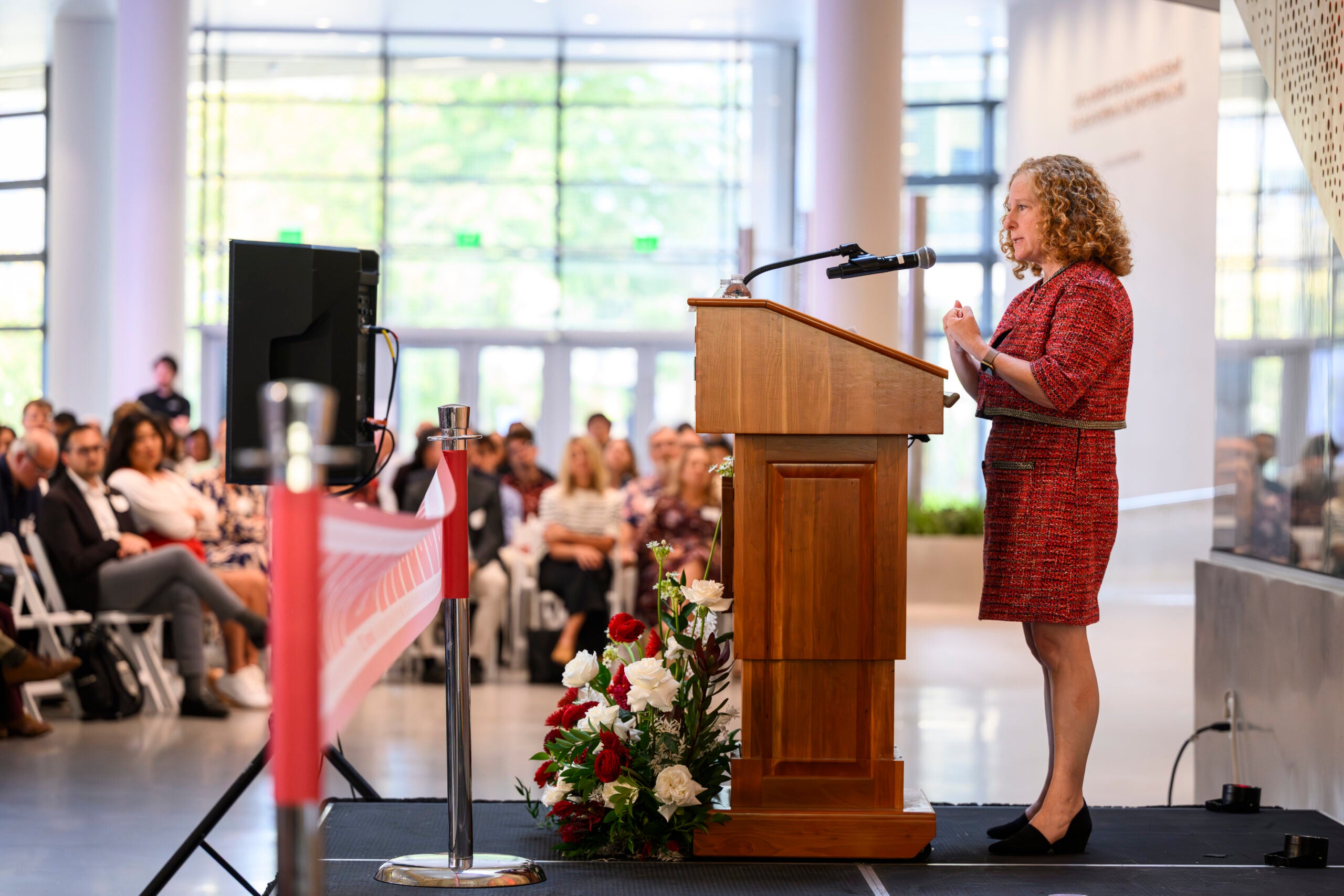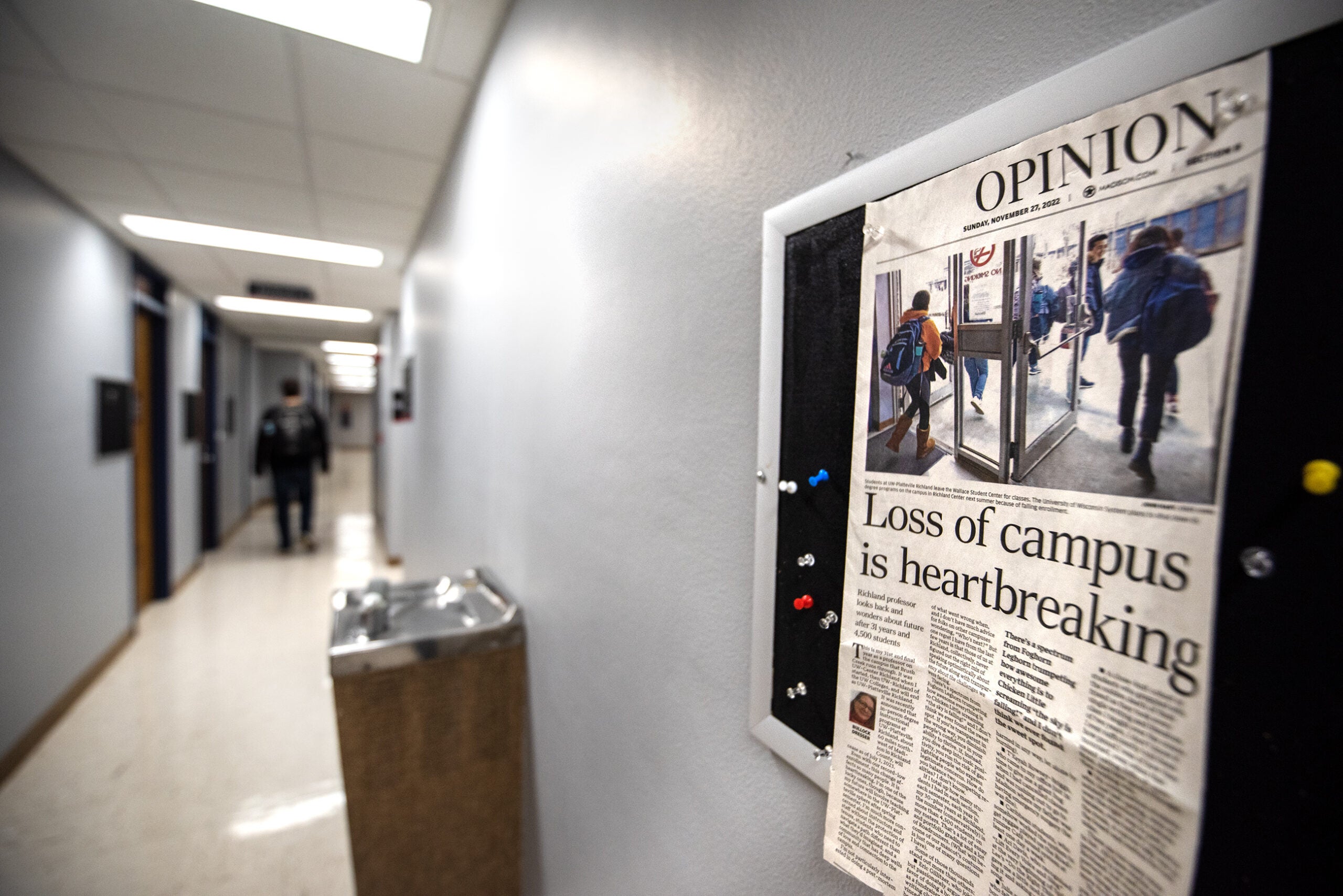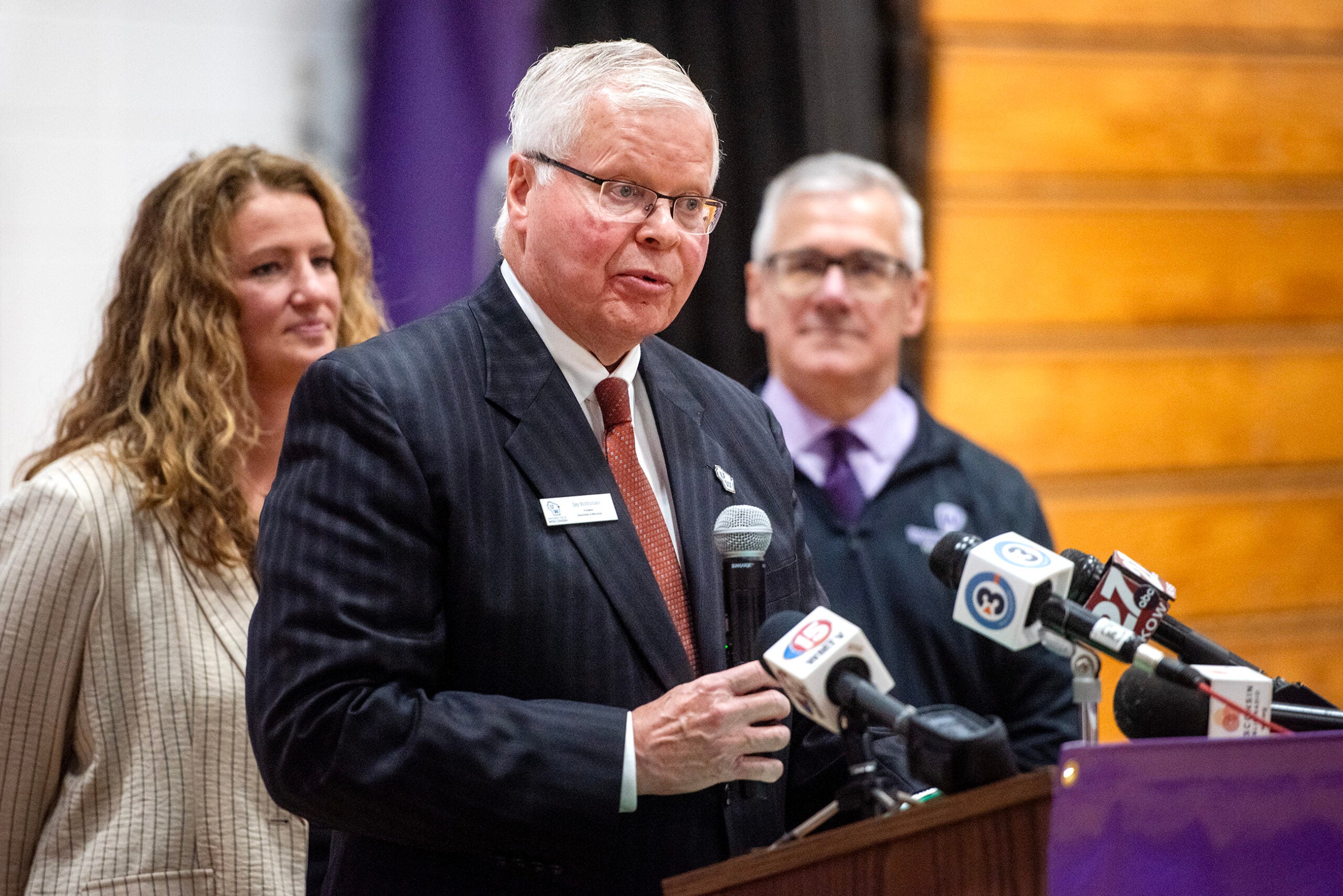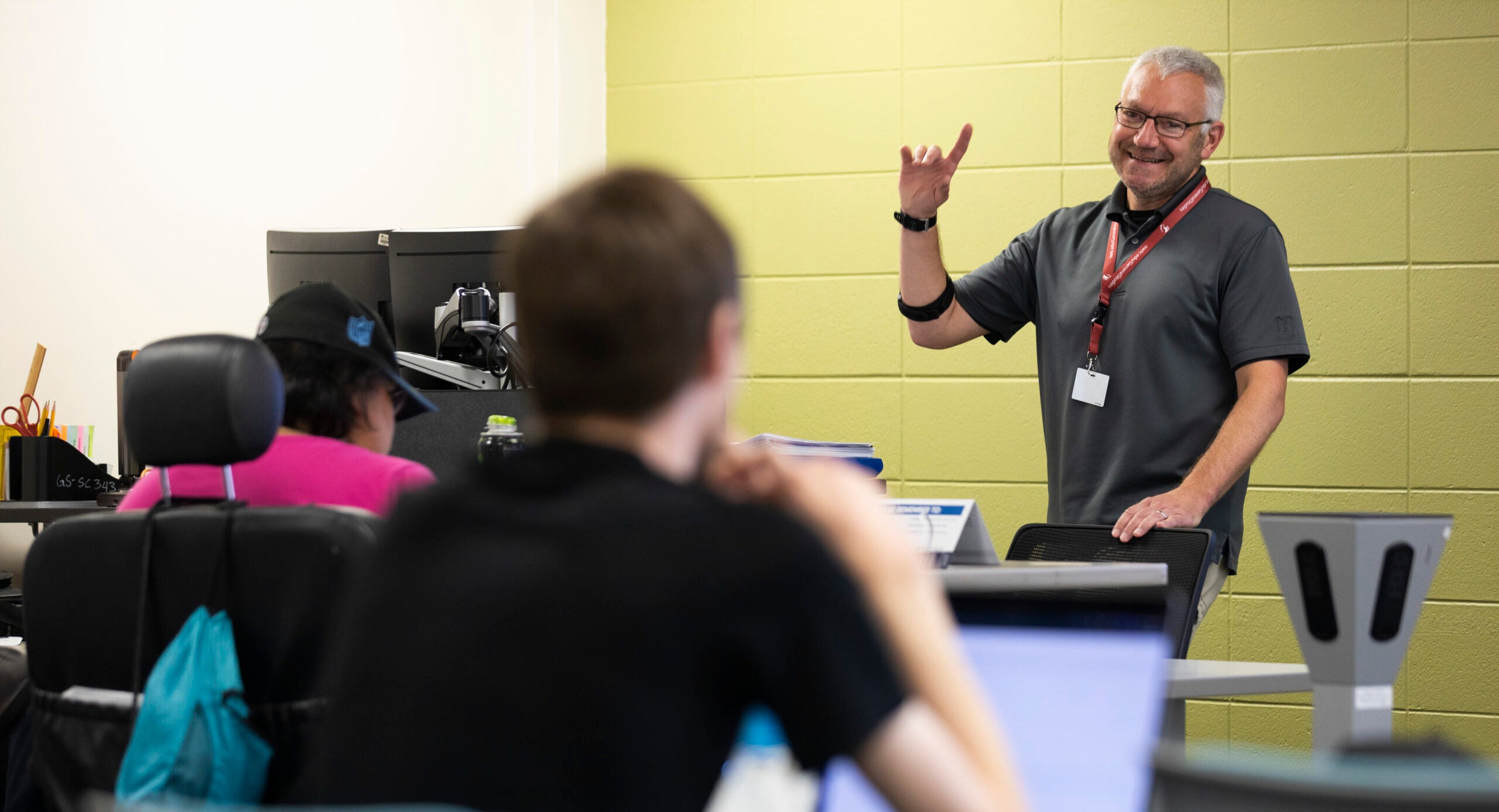Colleges and universities across the country are grappling with how to reopen in the fall amid the coronavirus pandemic and the devastating financial challenges that have followed it.
Over recent weeks, many colleges and universities — including the University of Wisconsin System — have released plans aiming to bring students back to campus safely, and curb further economic fallout. Many colleges and universities have lost substantial revenue after curtailing the spring semester, and are concerned that students won’t return in the fall if classes remain virtual only.
Beloit College has received national attention for its unique approach to reopening in the fall semester.
News with a little more humanity
WPR’s “Wisconsin Today” newsletter keeps you connected to the state you love without feeling overwhelmed. No paywall. No agenda. No corporate filter.
The Beloit Action Plan splits the typical 15-week semester into two seven-and-a-half week modules. Students will take two classes in each module, instead of enrolling in four over the course of an entire semester. The classes will also be a hybrid of online and in-person learning.
Eric Boynton, provost and dean of Beloit College, says that approach gives students and instructors flexibility if the pandemic forces things to change quickly.
“There is a distinct natural hinge point in the semester where we can either bring people to campus or move people off campus,” he said. “It provides for some interesting flexibility in the calendar. If we need to move a whole module into the spring, that’s a possibility as well.”
Moving to only two classes simplifies the class schedule, Boynton said, allowing for minimal contact between students and more time to clean shared spaces.
“There are essentially morning classes and afternoon classes,” he said. “So part of what you need to navigate is the density, and that’s the students traveling in and outside of the different classrooms.”
With a student body that reaches just over 1,200, there are some advantages to its size — with a large campus and small student body, for example, they have nearly enough capacity for students to have single rooms in the dorms.
The plan also addresses financial concerns related to the pandemic. There will be no tuition increase — a Midwest tuition match was instituted for first year students, and students have the opportunity to update financial aid if their financial situation has changed due to the pandemic.
“One of the things that’s in our control is our pricing, somewhat, of the education,” Boynton said. “We need to be cognizant of the ways in which COVID has had profound effect on the economy in the course of our students and parents financial ability to pay.”
Each institution is different in the way it can handle the complexities of the pandemic, he said.
As a small, liberal arts college, Beloit College is in a unique position to make wide-ranging changes to its system fairly smoothly. But it’s also a challenging moment for tuition-dependent institutions that don’t have the same outside revenue sources as big research universities.
Still, Boynton said the same rubrics and educational experience offered in normal times need to rise to the current challenges.
Wisconsin Public Radio, © Copyright 2025, Board of Regents of the University of Wisconsin System and Wisconsin Educational Communications Board.

